Blue Duck
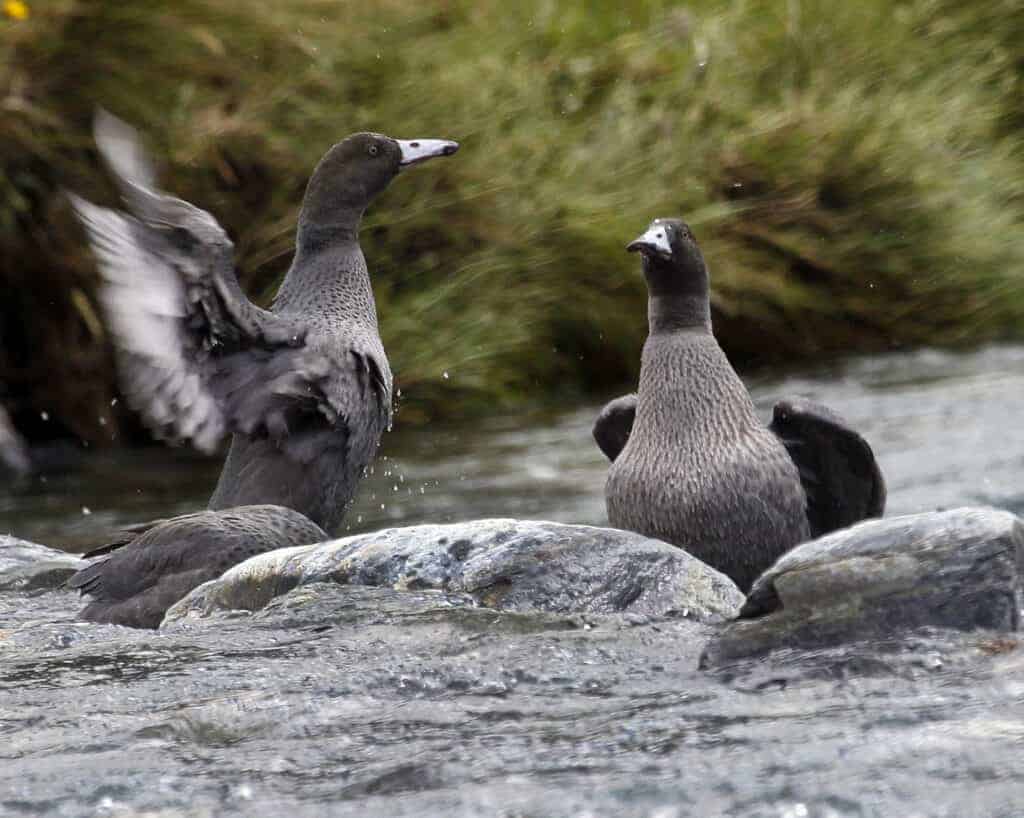
Blue Ducks are found on both North and South Islands of New Zealand, but both populations are much diminished. Introduced trout compete with them for the same insect food, while introduced stoats are lethal to incubating ducks, with some populations reduced to drakes only.
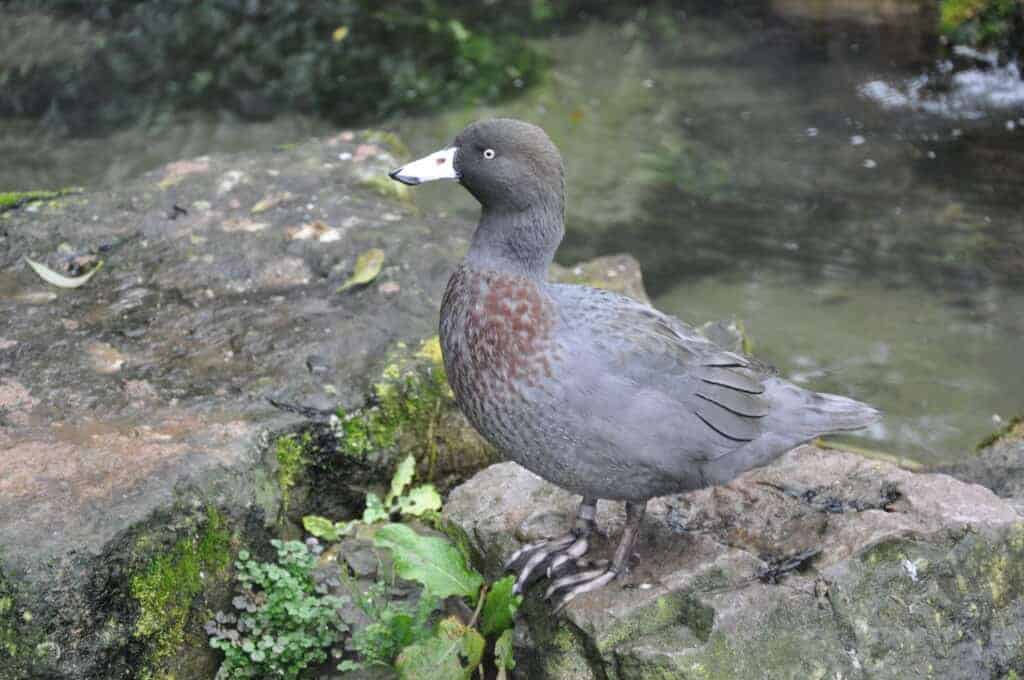
The whio was the first New Zealand bird species to be absolutely protected, in February 1903. Habitat degradation and introduced predators are recognised as the primary threats to the whio’s survival.
The Reserve Bank of New Zealand has featured the Blue Duck on its $10 bank note since 2015.
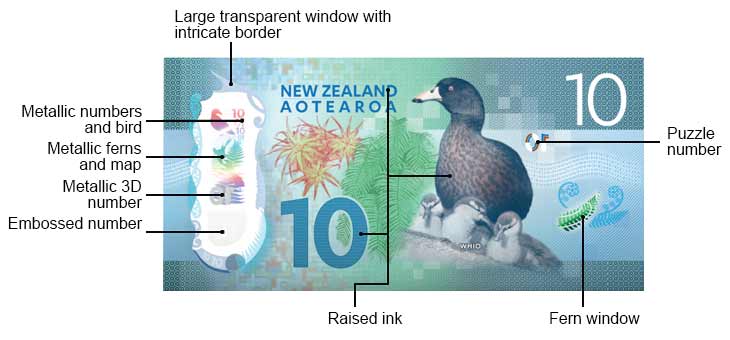
Hymenolaimus malacorhynchos
In a tribe all of its own, so not closely related to any other species, New Zealand’s Blue Duck is perfectly adapted to its specialised habitat of remote, fast-flowing mountain streams. Here it forages for aquatic insects, usually by hunting just below the surface, rarely by diving — it favours shallow water. An adaptation for feeding is a curious flap (a soft, black lateral lobe) on the upper mandible, a feature unique to this species. The onomatopoeic Maori name of whio reflects the drake’s whistle.
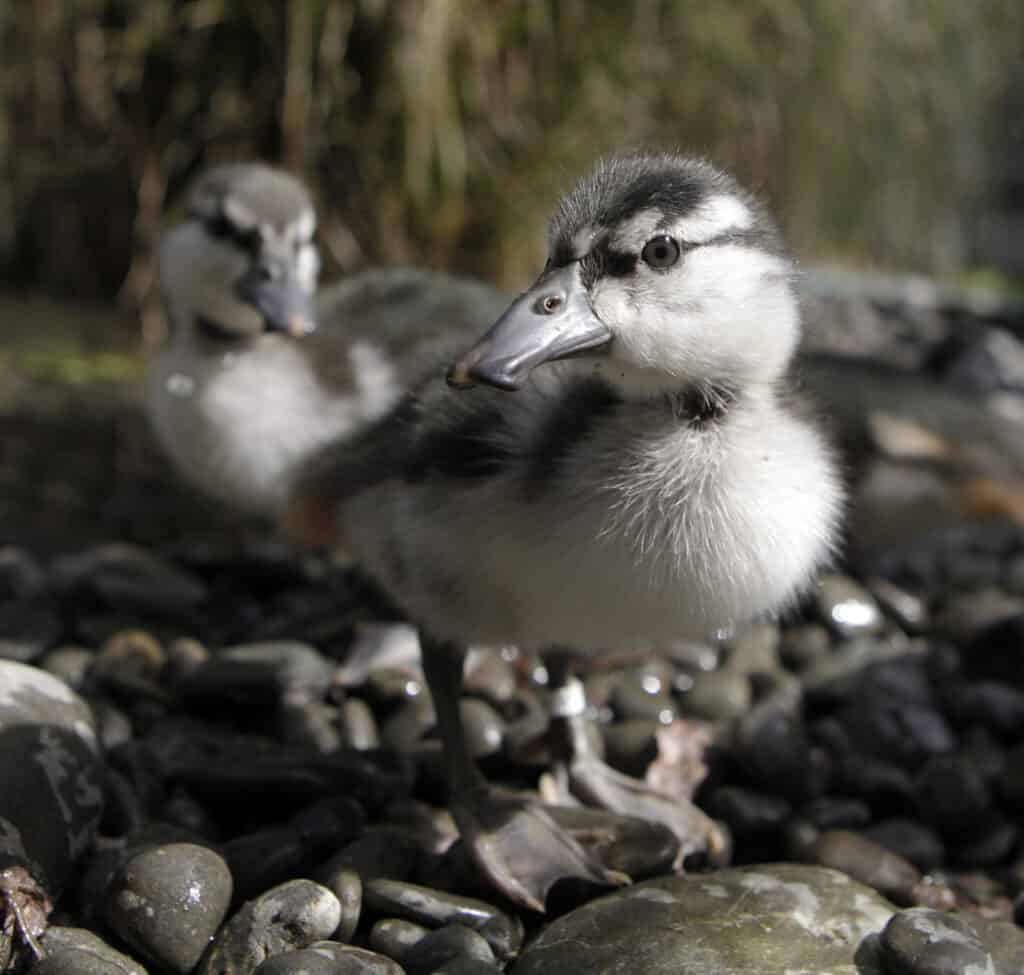
Though Blue Ducks have been kept in collections (most notably by WWT), none are currently kept outside New Zealand. There, the the Isaac Conservation and Wildlife Trust in conjunction with NZ Wildlife Service has had success with captive breeding and release.
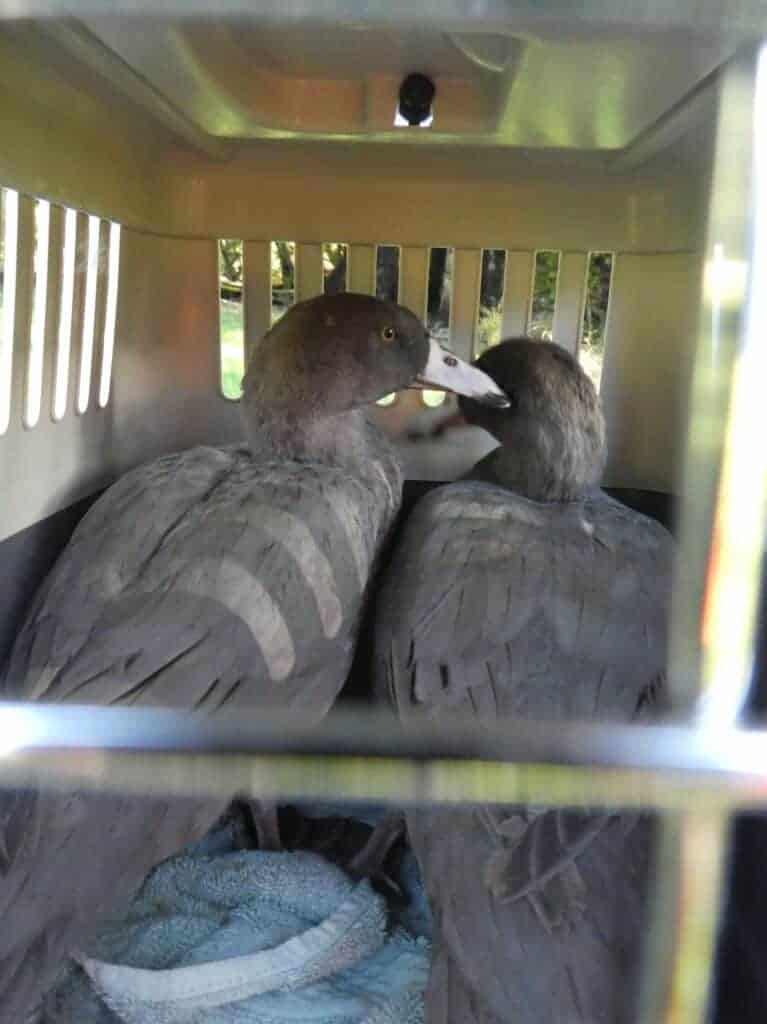
Considerable efforts have been made in New Zealand to re-establish the endangered Blue Duck on rivers within its former range. Methods used include the collection of wild eggs for captive hatching and rearing, thus encouraging the mother to lay again and rear a brood. However, reproduction rates are low as clutch sizes are small: rarely more than four or five eggs. Both parents attend the ducklings.